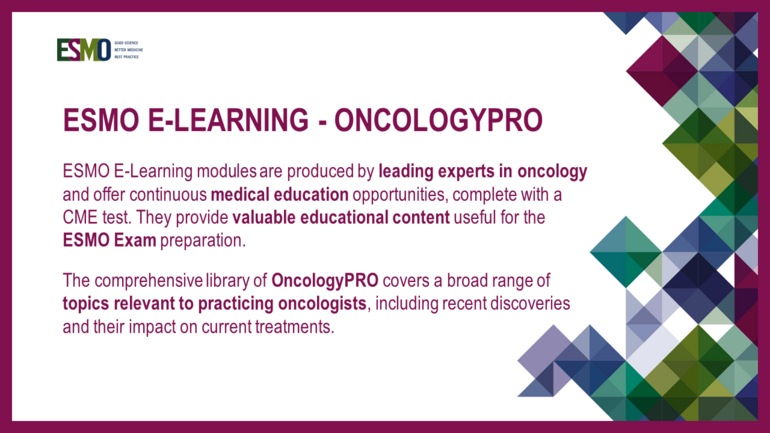In this E-Learning module, the author explains that HER2-negative breast cancers also express some degree of HER2 and provides an overview of how to distinguish HER2-low and HER2-ultralow from HER2-null tumours. The author also presents findings from recent clinical trials performed in patients with these tumours, digging into efficacy and toxicity of antibody drug conjugates and explaining the changes in the treatment algorithms in the metastatic breast cancer setting.
The module starts with the explanation of different treatment algorithms based on HER2 receptor status and stating that, in the absence of HER2 amplification, the expression of hormone receptors dictates treatment algorithms; it continues with the explanation of treatment strategies.
Taking into consideration the notion that HER2-negative breast cancers may also express certain HER2 degree, the author explains the association of HER2-low status with oestrogen receptor; genomics of HER2-low versus HER2-0 metastatic breast cancer; instability of HER2-low expression; how to define HER2-low breast cancer; prognostic value of HER2-low expression; development of HER2 targeting antibody drug conjugates. Moreover, he provides an overview of the results from recent clinical trials, that have led to regulatory approvals in HER2-low metastatic breast cancer setting.
The author specifically elaborates on how to select patients with HER2-low breast cancer for treatment, he clarifies definitions of HER2 status and compares the results from trials focused on targeting HER2-low and HER2-ultralow tumours, by additionally emphasizing the expending targetability of HER2-low tumours. The author also raises the dilemma of antibody drug conjugates sequencing and provides useful tips for the management of antibody drug conjugates toxicities, thus making this E-Learning module a very comprehensive educational resource.


